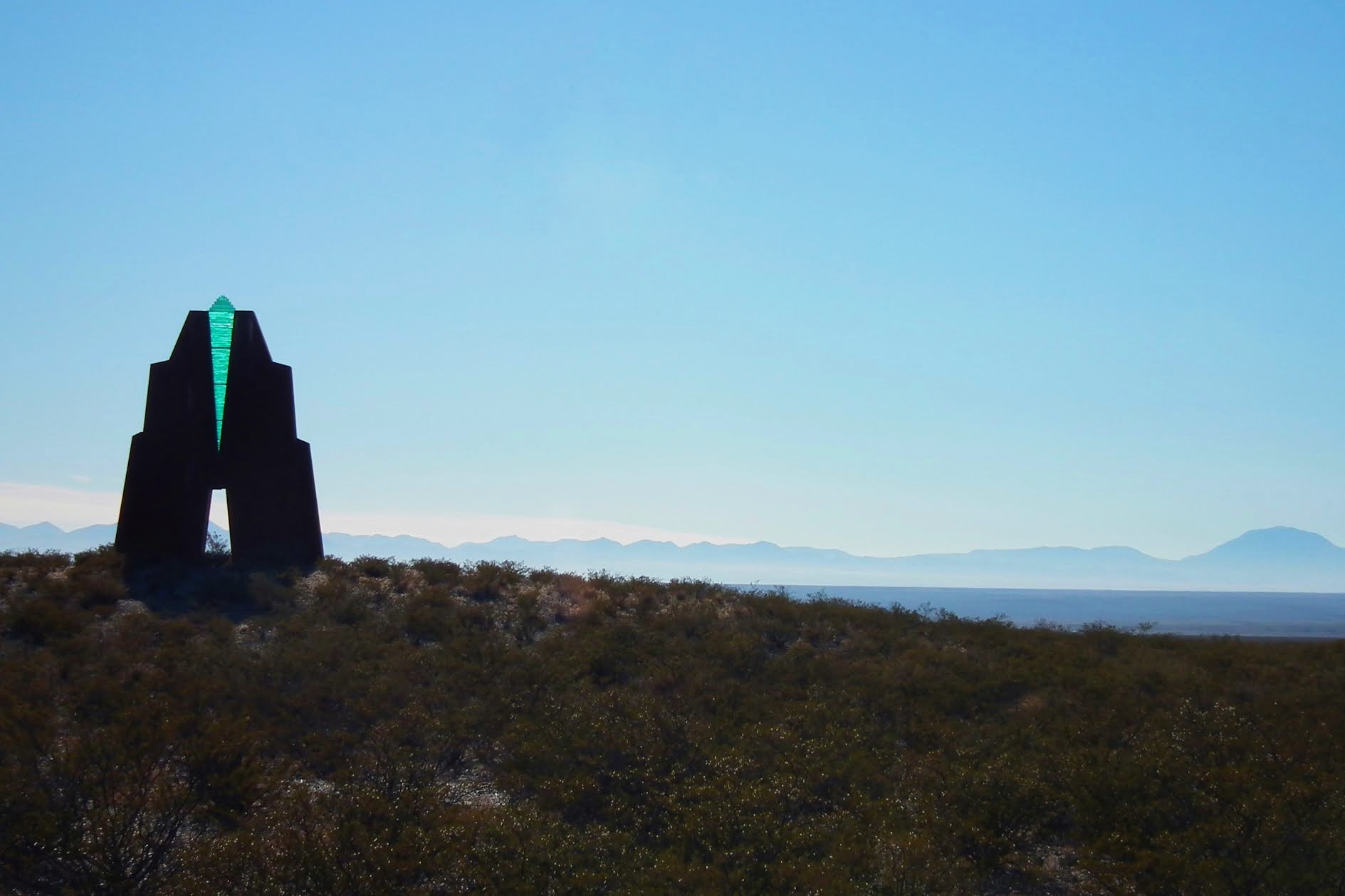Lost Trading Posts Of New Mexico’s Camino Real

Imagine walking along a path that once buzzed with traders, explorers, and adventurers. New Mexico's Camino Real is one such historic trail, filled with stories of the past. This ancient route connected Mexico City to San Juan Pueblo, stretching over 1,500 miles. Along this path, trading posts sprang up, serving as vital hubs for commerce and culture. These posts were bustling centers where goods like silver, textiles, and spices exchanged hands. Today, many of these trading posts have faded into history, leaving behind whispers of their vibrant past. Exploring these lost trading posts offers a glimpse into the lives of those who traveled this legendary road. Whether you're a history buff or just curious, the Camino Real's hidden treasures promise a journey through time. Discover the charm and mystery of these forgotten places and let your imagination wander through the echoes of history.
Discovering the Lost Trading Posts of New Mexico's Camino Real
The Camino Real de Tierra Adentro was a historic trade route stretching from Mexico City to San Juan Pueblo in New Mexico. Along this ancient path, numerous trading posts once thrived, serving as bustling hubs of commerce and culture. Today, these sites offer a glimpse into the past, where traders and travelers exchanged goods and stories. Let's explore some of these fascinating locations.
1. Socorro
Socorro, a small town with a rich history, was an essential stop along the Camino Real. Known for its welcoming atmosphere, it provided weary travelers with much-needed rest and supplies. The town's name, meaning "help" or "aid," reflects its role as a sanctuary for those journeying along the trade route. Visitors can still find remnants of its past in the historic buildings and local museums.
2. Paraje de Fra Cristóbal
This site, named after a Spanish friar, was a crucial resting point for traders. Located near the Rio Grande, it offered water and shelter in an otherwise harsh desert landscape. The area is now part of the Bosque del Apache National Wildlife Refuge, where visitors can enjoy birdwatching and hiking while imagining the bustling activity that once took place here.
3. El Rancho de las Golondrinas
Situated near Santa Fe, this living history museum recreates the experience of a 1700s Spanish colonial ranch. El Rancho de las Golondrinas served as a paraje, or stopping place, for travelers on the Camino Real. Today, it offers interactive exhibits and events that transport visitors back in time, showcasing the daily life and trades of the era.
4. La Mesilla
La Mesilla, now a charming village near Las Cruces, was once a vital trading post. Its strategic location made it a crossroads for traders, soldiers, and settlers. The historic plaza, surrounded by adobe buildings, still echoes with the stories of the past. Visitors can stroll through the streets, explore local shops, and savor traditional New Mexican cuisine.
5. Valverde
Valverde was a significant paraje along the Camino Real, known for its strategic location near the Rio Grande. It played a crucial role during the Civil War, serving as the site of the Battle of Valverde. Today, the area is a quiet reminder of its storied past, with the river and surrounding landscape offering a peaceful retreat for history enthusiasts.
6. San Elizario
Located in present-day Texas, San Elizario was a bustling trading post and military garrison. Its historic district features adobe structures and a picturesque plaza, transporting visitors to a bygone era. The San Elizario Chapel, built in the 1800s, stands as a testament to the town's enduring legacy along the Camino Real.
7. Las Cruces
Las Cruces, a vibrant city in southern New Mexico, was an important stop on the Camino Real. Its name, meaning "the crosses," refers to the graves of travelers who perished along the route. Today, Las Cruces is a lively community with a rich cultural heritage, offering visitors a blend of history, art, and outdoor adventures.
8. Jornada del Muerto
This stretch of the Camino Real, known as the "Journey of the Dead Man," was infamous for its harsh conditions. Despite its ominous name, it was a necessary passage for traders and travelers. The barren landscape, dotted with volcanic formations, offers a stark beauty that captivates those who venture through it.
9. Santa Fe
Santa Fe, the oldest capital city in the United States, was a key destination on the Camino Real. Its vibrant history and cultural diversity make it a must-visit for anyone interested in the trade route's legacy. The city's historic plaza, adobe architecture, and thriving arts scene provide a rich tapestry of experiences for modern-day explorers.
Rediscovering New Mexico's Hidden History
New Mexico's Camino Real holds secrets of forgotten trading posts that once thrived along this historic route. These posts were vital for commerce and cultural exchange, connecting diverse communities. Today, remnants of these sites offer a glimpse into the past, revealing stories of traders, travelers, and indigenous peoples who shaped the region's history. Exploring these locations provides a unique opportunity to understand the blend of cultures and traditions that influenced New Mexico's development.
Preserving these sites is crucial for future generations to appreciate the rich tapestry of history woven along the Camino Real. Visiting these hidden gems not only enriches our understanding of the past but also supports local communities and their efforts to maintain these historical treasures. Next time you're in New Mexico, consider venturing off the beaten path to uncover the lost trading posts that tell the story of a bygone era.

